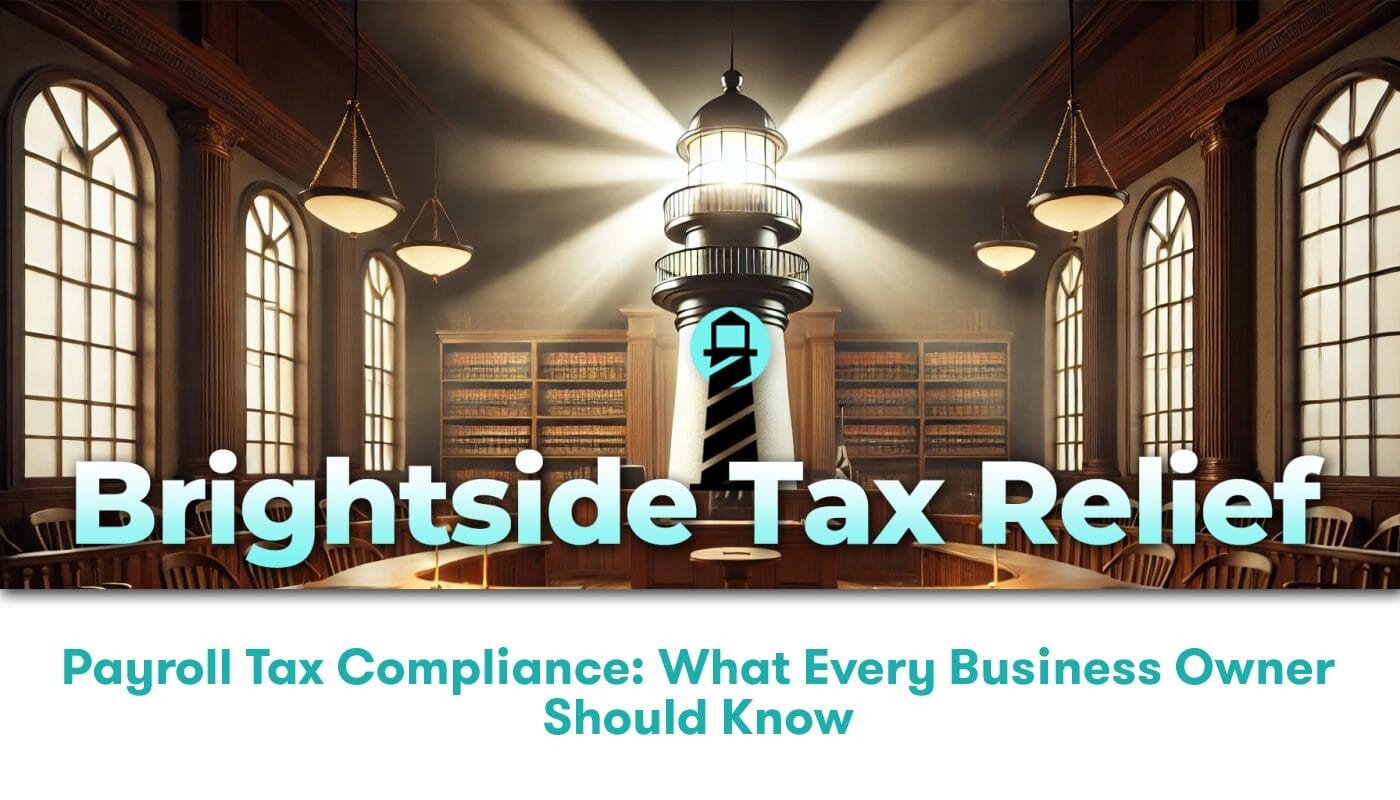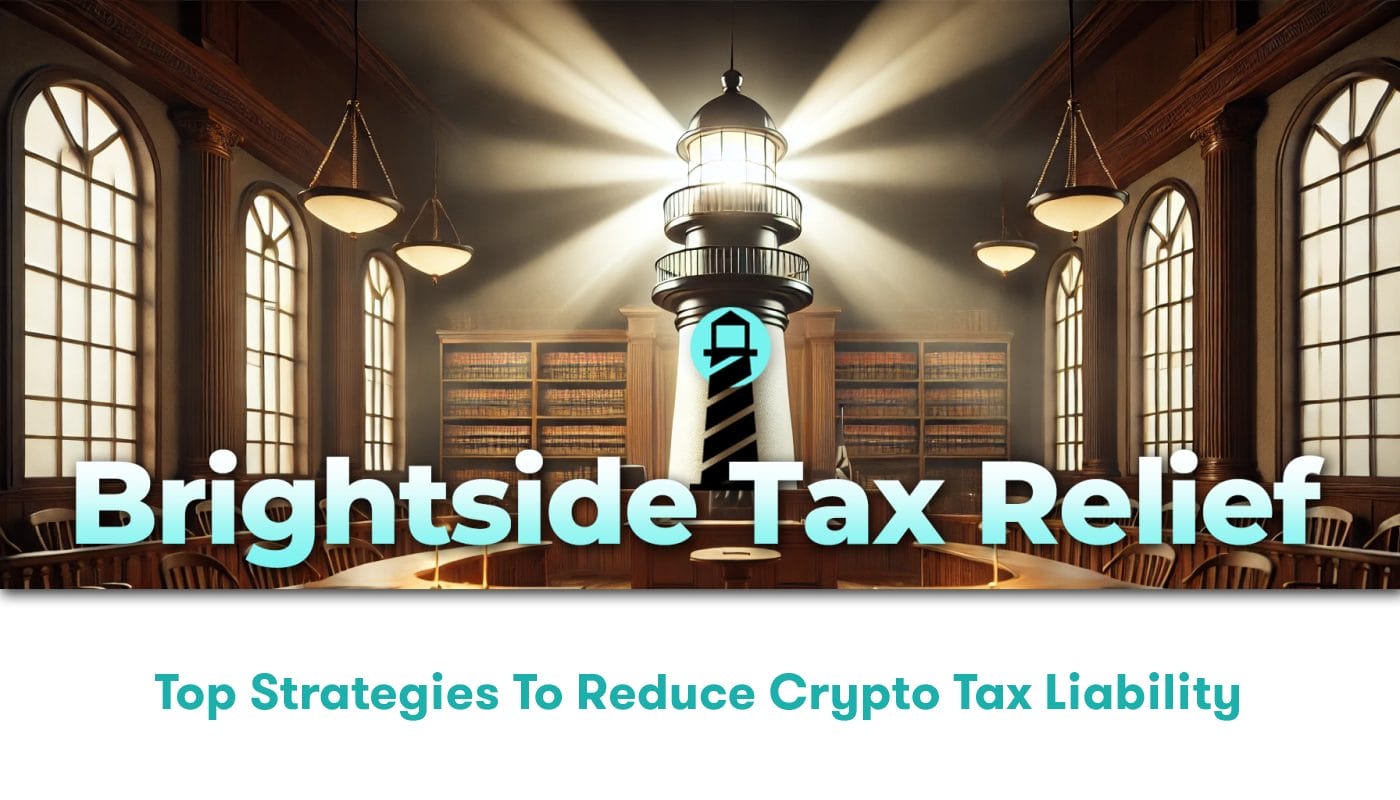What Is Partnership Income and How is It Taxed?
In order to comprehend the taxation of partnership income, first, we must have an understanding of partnership and how income is generated within it. In simple terms, a partnership refers to a form of business structure where two or more individuals join hands to do business. The income that results from this joint business operation is referred to as partnership income. The Internal Revenue Service (IRS) administers the guidelines for the taxation of partnership income. Partnership income taxes comprise a significant portion of taxation in business-focused tax law.
Understanding the Basics of Partnership Income Taxes
Partnership income is distinguishable from the income generated from a corporation. Most importantly, a partnership is not a separate taxable entity like a corporation. Instead, it passes through any profits or losses directly to its partners. This phenomenon is commonly referred to as pass-through taxation.
The partnership, as a whole, doesn’t pay income tax. However, it still has the responsibility of filing an information return with the IRS. This return, known as Form 1065, provides the IRS with information about the partnership’s income, deductions, and other related tax items. Afterward, each partner receives a Schedule K-1 portraying their share of the partnership’s income, deductions, etc. The partners then account for this on their individual tax returns and are taxed accordingly.
The Role of Brightside Tax Relief in Partnership Income Taxes
Brightside Tax Relief is a nationwide tax relief company that aids individuals and businesses in comprehending complex tax regulations, minimizing their tax liability, and efficiently managing their tax issues. As far as partnership income taxes are concerned, Brightside Tax Relief provides effective strategies to optimize tax benefits and mitigate tax liabilities for the partners. Our team of tax professionals helps the partners understand their responsibilities regarding partnership Tax Returns, Schedule K-1, Estate, and Gift Tax regulations, among others.
Partnership Tax Returns and Reporting Income
The rules and obligations surrounding partnership tax returns are complex. At the end of the tax year, a partnership is required to file Form 1065. This is essentially an information return, not a tax return that demands payment. The form helps the IRS track partnership income and expenses.
Each partner has to report their share of partnership income, gains, losses, deductions, and credits even if the partnership doesn’t except distributions throughout the year. Remember, the partners’ individual tax liabilities depend on their allocated share of the partnership income as detailed in the Schedule K-1.
Key Points about Partnership Income Taxes
To understand the taxation of partnership income, it’s crucial to keep the following points in mind:
– The partnership is not a separate taxable entity; its profits or losses directly pass through to the partners.
– The partnership must file an information return (Form 1065), reporting its income, deductions, gains, and losses.
– Each partner is allocated a share of the partnership income and deductions on Schedule K-1. This share is reported on their individual tax return.
– The partners’ tax liability is determined based on their individual income tax rates.
– The partnership does not withhold taxes on distributions. It’s the individual partner’s responsibility.
Wrap-up: Understanding the Taxation of Partnership Income
Understanding how partnership income is taxed may seem overwhelming due to its complexity. However, with comprehensive knowledge and rightful guidance, managing partnership income taxes can be straightforward and efficient. By engaging with a professional tax relief company like Brightside Tax Relief, you can ensure a smooth sailing through any legal requirements and obligations, making the task less daunting.
In summary, partnerships are pass-through entities where the responsibility of income tax lies with individual partners rather than the partnership as a business entity. This understanding of how partnership income is taxed is a fundamental component of financial literacy for anyone involved in a partnership. Remember, while partnerships offer a myriad of advantages, they also come with complex tax rules and regulations. Proper understanding and management of these elements can help ensure the financial health and success of your partnership.






